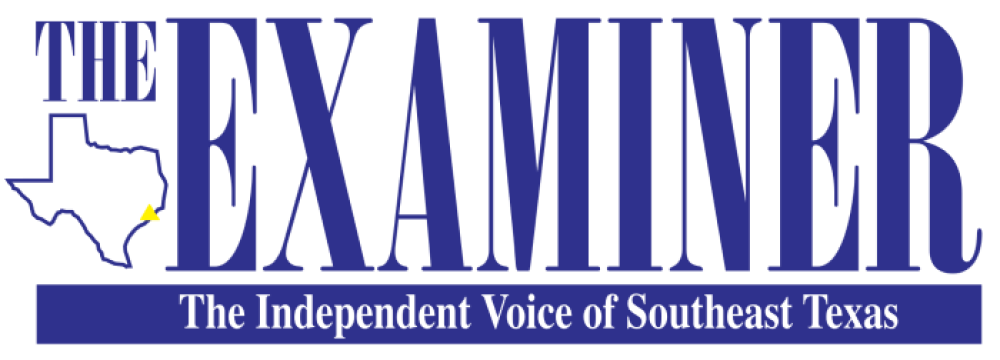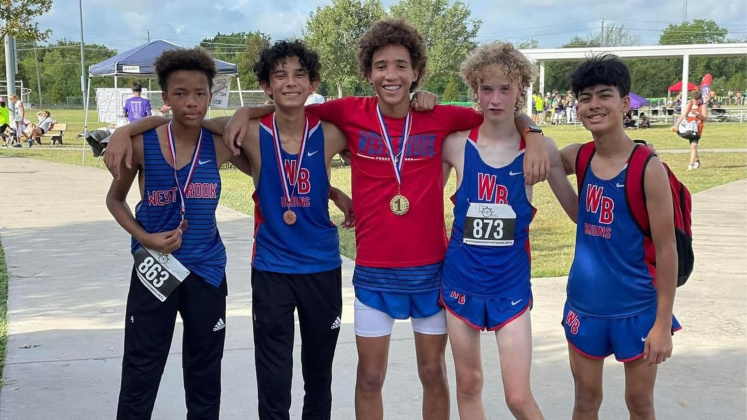Joseph Martin, athletic training supervisor at Beaumont Bone and Joint Institute, said at the beginning stages of any sport, kids will be sore for several days because of using muscles in a way they have not used in a while. But athletes can take steps to rejuvenate their body quicker.
“The best recovery method for any person who is dealing with normal soreness following a game is movement,” Martin said. “These do not need to be hard movements or heavy lifting, but light-weight/low-rep exercises that use all muscle groups can really help recovery.”
A partnership between CHRISTUS Orthopedic Specialty Center and the Beaumont Bone and Joint Institute results in access to board certified, fellowship-trained orthopedic specialists, including CHRISTUS athletic trainers across the region that say, in addition to movement, hydration and adequate rest are key to recovery.
“Proper hydration is usually a common issue that athletes can overlook and can have a direct effect on performance,” said Gene McKinley, athletic trainer at Beaumont Bone and Joint Institute. “Athletes should be monitoring their urine color throughout the week. Anything other than clear or light-colored urine means you are dehydrated.”
McKinley, who served on athletic training staffs at a university and several local schools, emphasized the role that nutrition can play in the recovery period, encouraging athletes to avoid high sugar foods and drinks, focusing instead on high carbohydrate foods.
“Just like hydration, nutrition is a major factor that affects recovery and performance,” McKinley said. “In order for injuries to heal, your body must have the necessary materials to repair them. We get these materials from the nutrients we eat and recovering athletes need to focus on eating protein and carbohydrates.”
Martin and McKinley noted that most non-serious injuries they see are soft-tissue bruises, muscle strains, ligament sprains, and swelling of joints.
“There are a lot of injuries that can be played through when adrenaline is pumping and athletes are highly motivated,” Martin said. “They tend to feel them more the day after than in the moment, which is why a recovery program with proper movement, nutrition, hydration, and rest is paramount for getting the body recovered in time for the next event.”
The statewide heat-wave has also put a spotlight on outdoor practices and activities, with trainers emphasizing student-athlete safety.
“The most important thing is for people to know their own body,” Martin said. “Everyone burns calories and sweats at a different rate. Knowing your body, and knowing when to stop if you do not feel well is vitally important to staying safe.”
For high school athletes who have sustained an injury or concussion while participating in fall sports, they are encouraged to reach out to their health care provider or take advantage of the athletic injury clinics held by Beaumont Bone and Joint each Saturday through Nov. 11.
During this clinic, CHRISTUS physicians provide screenings for sports-related injuries. The Saturday clinics take place at the Beaumont Bone and Joint Institute, 3650 Laurel Ave. in Beaumont, from 8 -11 a.m.


